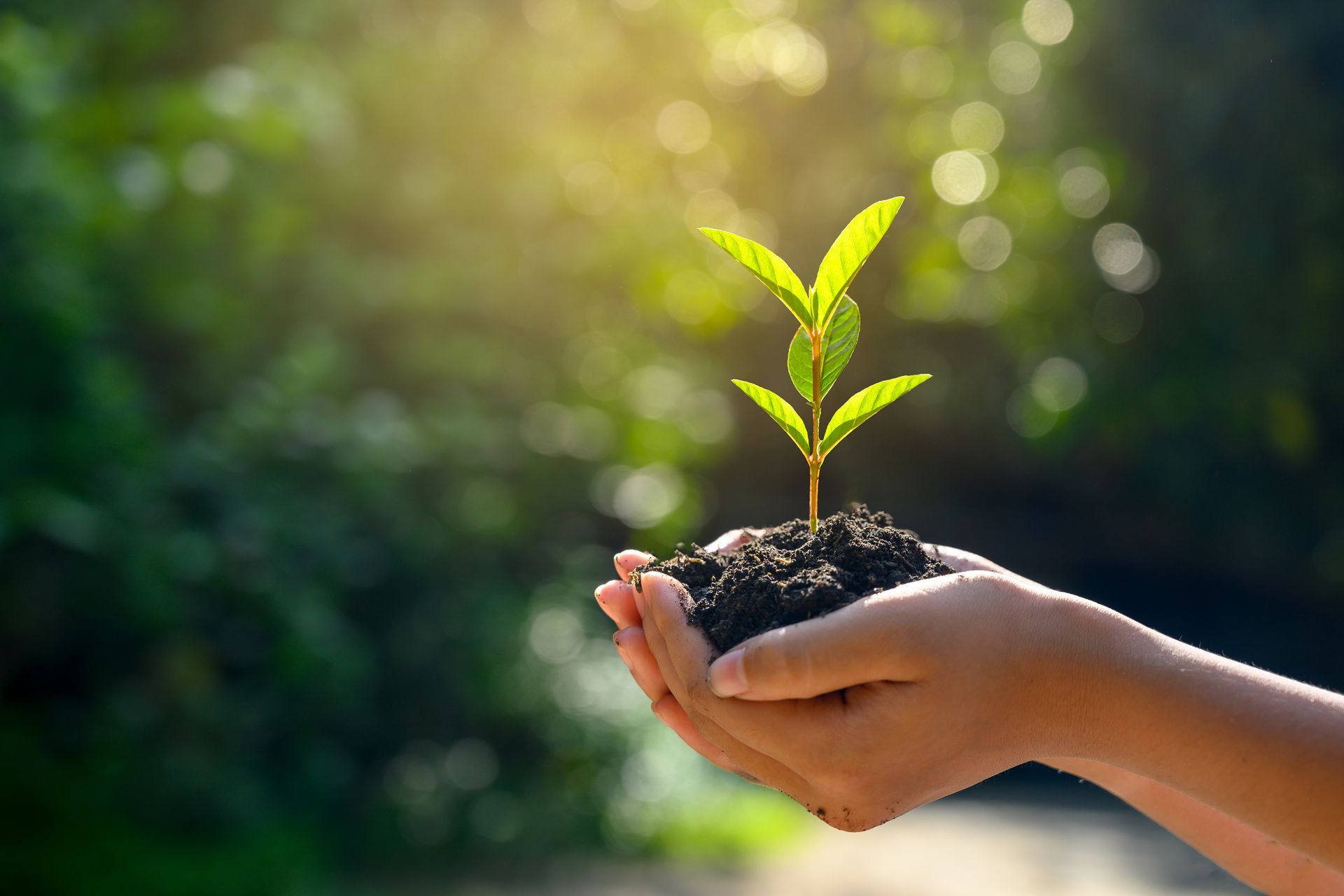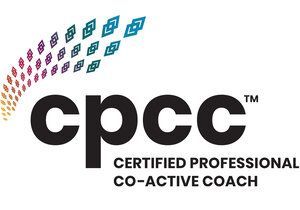The seeds we sow: A therapist's gratitude

There's a quiet magic that unfolds within the walls of a therapy room. It's a space where vulnerability finds sanctuary, where broken pieces find solace, and where, like a gardener nurturing a seed, a therapist witnesses the extraordinary potential held within each client. Today, I want to share a story that fills my heart with a profound sense of gratitude - a story about transformation and the courage to chase dreams.
Meet Sarah (name changed for privacy). When Sarah first walked into the office, her eyes held a deep well of uncertainty. She had recently undergone a major medical treatment, and the after-effects were more than just physical. Sarah felt lost, her sense of purpose and direction stolen by the illness. Her spirit, once radiant and vivacious, now seemed to retreat behind a wall of unworthiness and invisibility.
“I feel like a minion,” she confessed, her voice barely a whisper. “I don’t know what to do with myself.” The fear in her eyes mirrored the fear so many of us grapple with - the fear of the unknown, the fear of failure, the fear of not being enough.
Our sessions became a safe haven where Sarah could explore these fears without judgment. Together, we embarked on a journey of self-discovery and healing. Through the gentle art of cognitive reframing, emotional regulation and grounding exercises, she learned to anchor herself in the present moment, finding solace in the stillness that lay within.
Therapy was more than just navigating the shadows; it was also about rediscovering the light within. We started to unearth Sarah's forgotten talents and passions, hidden beneath the dust of self-doubt. One seemingly ordinary detail emerged during a session: her homebaked crackers, the family favorites that were relished at every gathering. Despite the consistent praise for their flavour, Sarah dismissed the possibility of turning them into a business. "But who would buy them?" she'd say, a question laced with insecurity. Yet, a flicker of hope remained – a hesitant "maybe" that hinted at a buried dream.
That "maybe" became the seed we nurtured. Here, my role as a therapist extended beyond simply providing tools and techniques. I became Sarah's cheerleader, her fervent supporter. When her inner critic, that harsh and belittling voice, grew loud, I helped her persevere. Through cognitive behavioural and emotional efficacy therapy, we learned to quiet the negativity and amplify the voice of encouragement within. It's a common battleground within many clients' minds - a tussle between the daunting inner critic and the soft whispers of a nurturing, supportive voice. We therapists become skilled listeners, attuned to these internal conversations, and empower our clients to shift their mindsets.
With gentle guidance, we brainstormed ideas and faced down the inevitable "what ifs?" In her kitchen, Sarah poured her heart and soul into perfecting her recipes, refusing to settle for anything less than excellence. Each batch of her homemade delights was a labor of love, a testament to her dedication and unwavering commitment to her craft. Through word-of-mouth, orders started pouring in.
And then, today, Sarah walked into the office and held out a small brown paper bag. "These are for you," she said, her voice brimming with a mix of pride and apprehension.
Inside were a handwritten note and her artisanal crackers. The aroma of freshly baked crackers filled the room as I eagerly opened the packet. Each bite offered a delightful contrast of textures, the flavors of olive oil and rosemary dancing on my palate.
More than just delicious, these crackers were a testament to Sarah's journey. They were a tangible manifestation of her resilience, creativity, perseverance and courage to chase her dreams.
We therapists don't offer magic solutions. What we offer is a space for growth, a supportive hand to hold, a gentle nudge in the right direction, and the belief in the potential that resides within each person. Being a therapist comes with the privilege of witnessing the human spirit in all its complexity – the vulnerability, the strength, the resilience. It's about planting seeds of hope, nurturing them with empathy and compassion, and seeing them blossom into something extraordinary.
And sometimes, those extraordinary outcomes come in the form of the most delicious crackers you've ever tasted. Today, I savor them, not just for their flavor, but as a symbol of the human spirit's inherent power to rise, to create, and to thrive.
[Published with Client’s permission]










